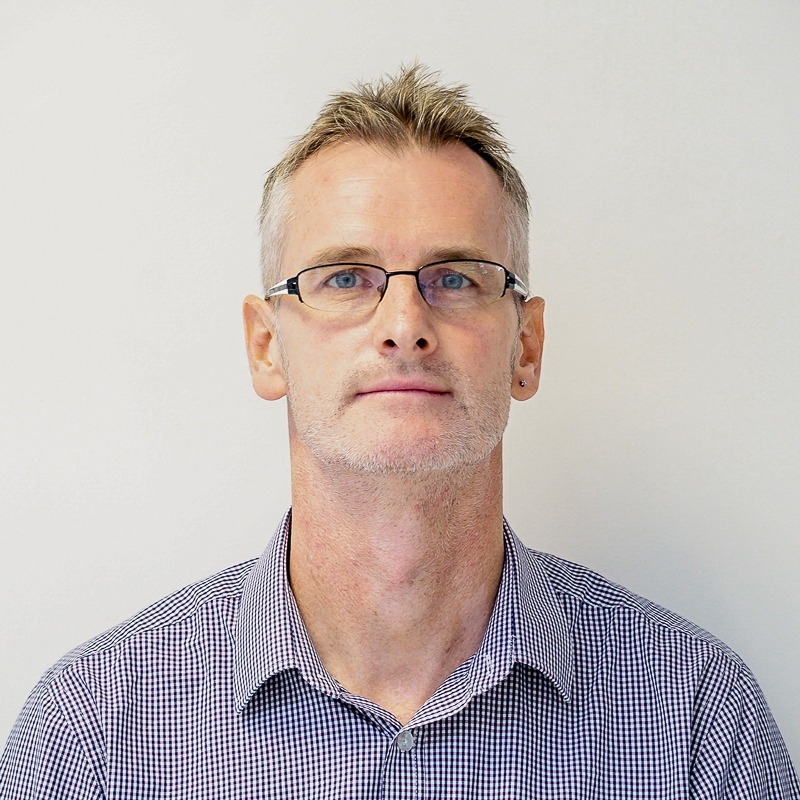5G will reach 15% of world’s population by year-end says Ericsson
Ericsson projects that four out of every ten mobile subscriptions in 2026 will be 5G, and current uptake of the technology in subscriptions and population coverage confirms the technology as deploying the fastest of any generation of mobile connectivity.
This is according to the latest edition of the Ericsson Mobility Report, which estimates that by the end of 2020, more than 1 billion people – 15% of the world’s population – will live in an area that has 5G coverage rolled out.
In 2026, 60% of the world’s population will have access to 5G coverage, with 5G subscriptions forecast to reach 3.5 billion.
The company’s research states that in Sub-Saharan Africa, over the forecast period mobile broadband subscriptions are predicted to increase, reaching 76% of mobile subscriptions. While 5G and LTE subscriptions will continue to grow over the next six years, HSPA will remain the dominant technology with a share of over 40% in 2026.
An excerpt from the report reads: “Driving factors behind the growth of mobile broadband subscriptions include a young, growing population with increasing digital skills and more affordable smartphones. Over the forecast period, discernible volumes of 5G subscriptions are expected from 2022, reaching 5 percent in 2026.”
MENA region
According to Ericsson in the Middle East and North Africa region, around 30% of mobile subscriptions are estimated to be for LTE at the end of 2020. The region is anticipated to evolve over the forecast period, and by 2026, almost 80% of subscriptions are expected to be for mobile broadband, with LTE as the dominant technology with more than 50% of the subscriptions.
“Commercial 5G deployments with leading service providers have taken place here during 2019 and 2020 and 5G subscriptions will reach close to 1.4 million by the end of 2020, with most in the Gulf countries. Significant 5G volumes are expected in 2021 and the region is likely to reach around 130 million 5G subscriptions in 2026, representing around 15 percent of total mobile subscriptions,” the report states.
Building out networks
Ericsson has raised its year-end 2020 estimate for global 5G subscriptions to 220 million, as service providers continue to build out their networks.
Fredrik Jejdling, Executive Vice President and Head of Networks, Ericsson, said: “This year has seen society take a big leap towards digitalisation. The pandemic has highlighted the impact connectivity has on our lives and has acted as a catalyst for rapid change, which is also clearly visible in this latest edition of the Ericsson Mobility Report.
“5G is entering the next phase, when new devices and applications make the most out of the benefits it provides, while service providers continue to build out 5G. Mobile networks are a critical infrastructure for many aspects of everyday life, and 5G will be key to future economic prosperity.”
The report also highlights why 5G success will not be limited to coverage or subscription numbers alone. Its value will also be determined by new use cases and applications, the first of which have already started to emerge.
Critical IOT, intended for time-critical applications that demand data delivery within a specified time duration, will be introduced in 5G networks. This will enable a wide range of time-critical services for consumers, enterprises and public institutions across various sectors, with 5G public and dedicated networks, Ericsson adds.
Cloud gaming is another emerging application category. The combined capabilities provided by 5G networks and edge compute technologies will enable game streaming services on smartphones to compete with a quality of experience (QoE) that is on par with PC or console counterparts, opening up for innovative, immersive games based on mobility.
Ericsson added that rate of introducing 5G New Radio (NR) functionality is increasing, with more than 150 5G device models launched commercially. Many devices support 5G frequency division duplex (FDD) and dynamic spectrum sharing (DSS).
The first 5G standalone (SA) networks have been launched in Asia and North America, as well as the first devices capable of NR carrier aggregation.
